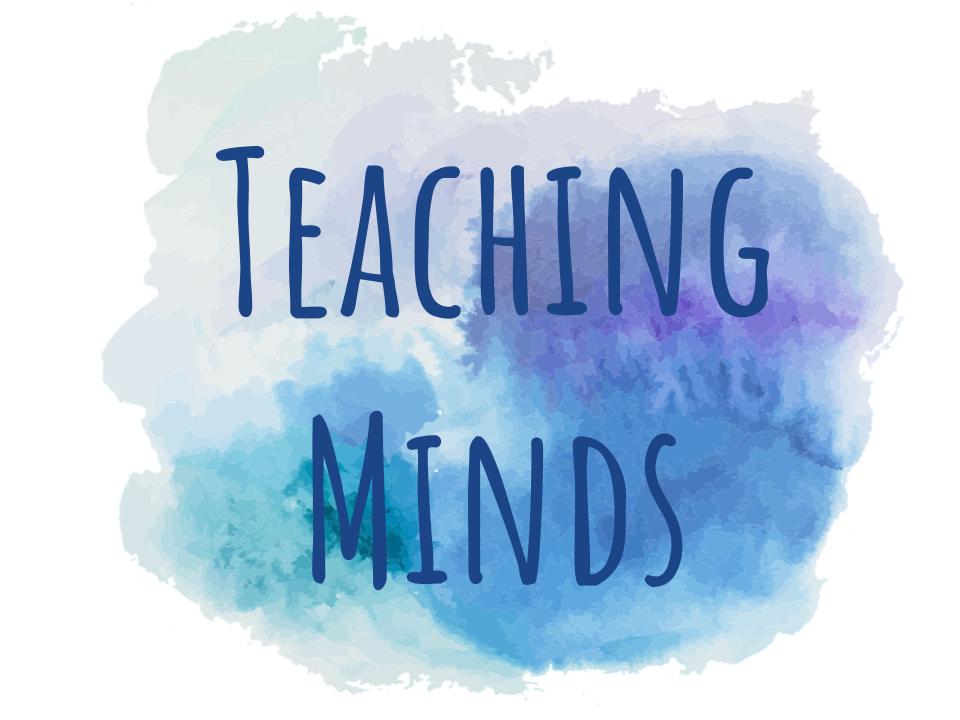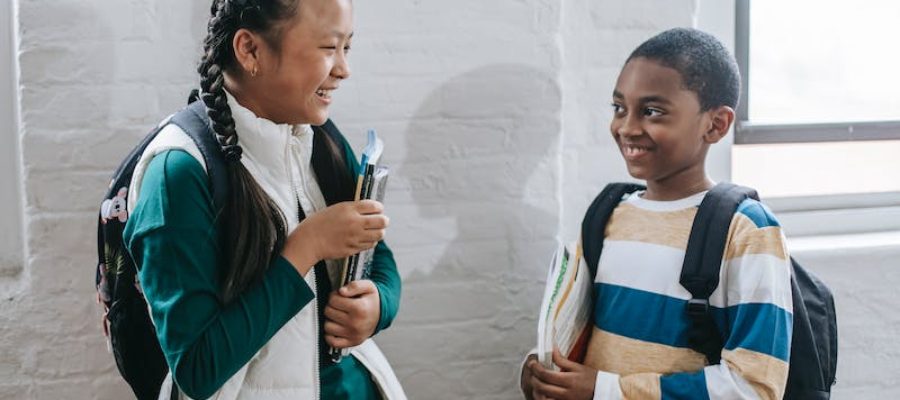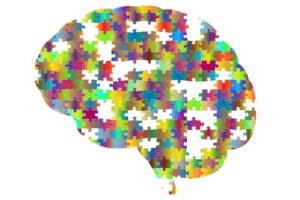My previous school introduced me to the concept of restorative practice with training from Marg Thorsborne. I am not overstating things when I say it was revolutionary. For the first time, I felt I had a guide I could feel really confident using when dealing with social and behavioural issues. It helped to explain why I had always felt uncomfortable using a more punitive approach and why I sometimes slipped into a permissive approach due to this discomfort (these approaches can be seen in the social control window below)
It has completely shaped the types of conversations I have with children (and their parents) around behaviour. The restorative conversation is something I genuinely use on a daily basis, from conflict situations in the playground to disruptive behaviour in the classroom.
As I like the approach so much. I thought I would attempt a short summary of what it is and how I have found it most helpful.
What is Restorative Practice (or Restorative Justice)?
This video gives a nice little introduction to what the approach is all about:
The table below shows how restorative practice differs to the more traditional ‘authoritarian’ or punitive approach.
The feel the last three rows are key in showing why, in my opinion, restorative approaches are far superior to the more traditional approach: the needs of those affected are addressed, the unmet needs behind the behaviour are addressed and the accountability comes from putting things right rather than purely being punished (potentially involving further resentment and repeated negative behaviours). An authoritarian approach is much more likely to create feelings of shame which, anyone who knows any of Brene Brown’s work, knows can cause far more harm than good.
How does it work?
Restorative justice uses conversation to work through a problem so that all sides feel heard, understanding is reached and damage can be repaired. In schools this often looks like an adult bringing two children or two groups together and talking through the problem using questions similar to the script shown below. These scripts are taken from the excellent book A Practical Guide to Restorative Practice in Schools by Bill Hansberry.
This is probably the type of conversation I have most frequently. It usually involves someone approaching me with a problem but it is unclear what has happened without listening to all sides.
The following two scripts are for when it is clearer who has caused the harm.
As well as supporting conflict resolution, restorative conversations are also invaluable at addressing any undesirable behaviours. The script below shows how you may approach individuals who are acting in ways that are not inline with expectations.
Physical script cards can be ordered from the Hansberry Educational Consulting website which can be kept close to hand to refer to easily. However, perhaps more importantly than following the script word for word is to follow the essence of restorative practice in our conversations with children. This has been summarised really well with the WARM approach seen below. If we can ensure our conversations with children are WARM wherever possible, we can be sure that we are on the right track to improving relationships restoratively.
Other tips to having a restorative conversation:
- Don’t involve your own emotions, instead ensure you have a really predictable response to behaviours.
- Avoid ‘why’ questions. Usually ‘what, who and how created far more effective reflection.
- It is not always necessary to ask what happened if you already know- especially for younger children. They may need more structure and you telling them what happened e.g. ‘When you hit … that was not kind’.
- Having calm down time/ a space for them to go where they can distance themself from the source of the issue. It is often best to talk about it later when there is more time and they are not so emotionally charged.
Apologies:
Once children have felt listened to and the problem has been truly understood, apologies often come naturally and can occur with no prompting. However, when this is not the case, the following questions may help
If an apology is difficult:
- If we could go back in time and this happened again, would you do the same things?
- What do you think … needs to hear from you now?
- Was it your intention to make … so afraid/miserable?
- How do you think … was affected by what you did?
If an apology isn’t accepted:
- What can … do to show that they really are sorry?
- Is there anything else that needs to happen for you to believe that they’re sorry?
- Is there something else happening here that we don’t understand yet that you could share with us?
Direct quotes from A Practical Guide to Restorative Practice in Schools
This was my favourite book on the topic and I must have highlighted close to a quarter of the text! Here are just a few of the highlights that help to show how restorative practice can be so effective in developing our students emotional and social skills and wellbeing.
Restorative practices focuses on the harm done rather than rule breaking, gives voice to people who have been harmed, empowers change and growth and enhances student responsibility.
Restorative practice is about people learning to understand better their own emotions and the emotions of others.
Human beings are happier, more cooperative and productive, and more likely to make positive changes in their behaviour when those in positions of authority do things with them rather than to them or for them.
Getting a chance to tell others about what happened to us is a critical part of the healing process, whether we were the ones who caused the harm or were the ones on the receiving end. When we share our experiences with others and are listened to, the awful feelings we have about the problem are reduced in intensity.
The ability to treat wrongdoing and mistakes as opportunities for growth works because of the dominant view that problematic behaviour is not the essence of the person. The problem is the problem- the person isn’t the problem.
In conclusion, I feel that dealing with problems restoratively can be an integral part of a school’s overall approach to supporting wellbeing and preparing young people for the future. Not only does it deal effectively with problems at the time, I believe it can be hugely valuable in providing children and young people with the support and guidance needed so that they may be able to resolve future problems with greater confidence. Human beings are intertwined in many different kinds of relationships throughout their lives Those that are well versed in emotions, able to see where they may be to blame when difficulties arise, and have the tools needed to navigate difficult conversations, will surely be much better equipped to maintain strong relationships, both in the workplace and at home: enabling greater wellbeing both for themselves and the others around them.



